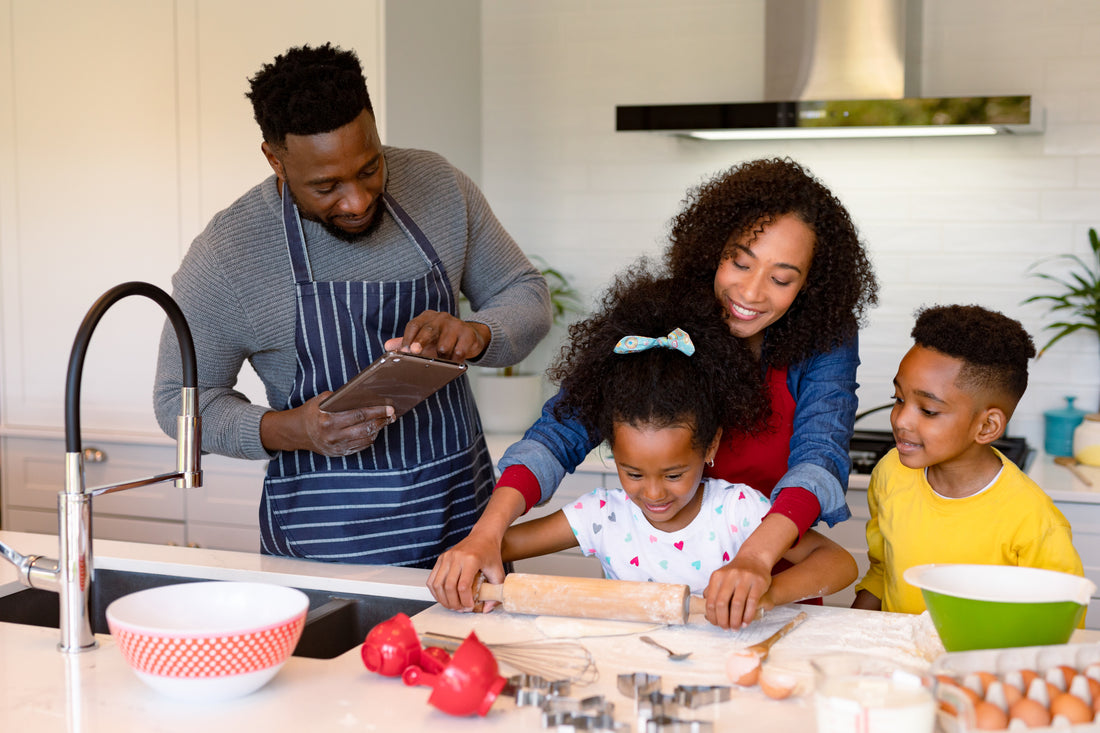Gluten-free baking doesn't have to be daunting! With the right techniques and ingredient substitutions, you can whip up mouthwatering cakes, cookies, and bread that rival their gluten-filled counterparts. Whether you're a seasoned baker or new to the gluten-free lifestyle, these tips and tricks will help you create irresistible treats that everyone will love.
1. Start with Quality Gluten-Free Flour Blends
Choosing the right flour blend is the foundation of successful gluten-free baking. Look for high-quality gluten-free flour blends that are specifically formulated for baking. These blends often contain a combination of rice flour, tapioca flour, potato starch, and xanthan gum to mimic the texture and elasticity of wheat flour. Experiment with different blends to find the one that works best for your recipes.
2. Add Binders and Moisturizers
Since gluten provides structure and elasticity in traditional baking, you'll need to add binders and moisturizers to achieve similar results in gluten-free baking. Common binders like xanthan gum, guar gum, or psyllium husk powder help hold ingredients together and prevent crumbly textures. Moisturizers like eggs, yogurt, applesauce, or mashed bananas add moisture and richness to baked goods.
3. Use Alternative Ingredients
Get creative with alternative ingredients to enhance the flavor and texture of your gluten-free treats. Experiment with almond flour, coconut flour, oat flour, or chickpea flour to add nuttiness or richness to your recipes. Incorporate ingredients like ground flaxseeds, chia seeds, or arrowroot powder as thickening agents or egg substitutes. These versatile ingredients can elevate the taste and nutritional value of your baked goods.
4. Incorporate Leavening Agents Wisely
Gluten-free flours tend to be denser and less elastic than wheat flour, so it's essential to use leavening agents strategically to achieve the desired rise and texture. Baking powder and baking soda help baked goods rise, while yeast adds flavor and complexity to gluten-free bread. Follow recipes carefully and adjust the amount of leavening agents as needed to achieve the perfect balance of lightness and structure.
5. Mix and Rest the Batter
Proper mixing and resting of the batter are crucial steps in gluten-free baking. Mix ingredients thoroughly to ensure even distribution of leavening agents and binders. Allow the batter to rest for a few minutes before baking to hydrate the flours and activate the leavening agents. This resting period helps improve the texture and rise of gluten-free baked goods, resulting in lighter and fluffier treats.
6. Monitor Baking Times Carefully
Gluten-free baked goods tend to brown more quickly than their gluten-containing counterparts, so it's essential to monitor baking times carefully. Keep a close eye on your treats as they bake and adjust the temperature or baking time as needed to prevent over-browning or drying out. Use visual cues like golden edges and a firm center to determine when gluten-free treats are fully baked and ready to enjoy.
7. Practice Patience and Persistence
Like any new skill, gluten-free baking requires patience and persistence. Don't be discouraged by a few failed attempts – use them as learning experiences to refine your techniques and recipes. Keep experimenting with different ingredients and methods until you find the perfect combination that works for you. With time and practice, you'll become a gluten-free baking pro, delighting friends and family with your delicious creations.
Enjoy the Delicious Rewards of Gluten-Free Baking
With these tips and tricks in your baking arsenal, you're well-equipped to embark on a gluten-free baking adventure and create an array of delectable treats to satisfy your sweet tooth. Whether you're craving indulgent cakes, chewy cookies, or crusty bread, gluten-free baking offers endless possibilities for delicious discoveries. So roll up your sleeves, preheat the oven, and let the baking magic begin!

